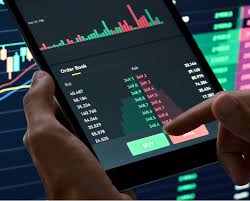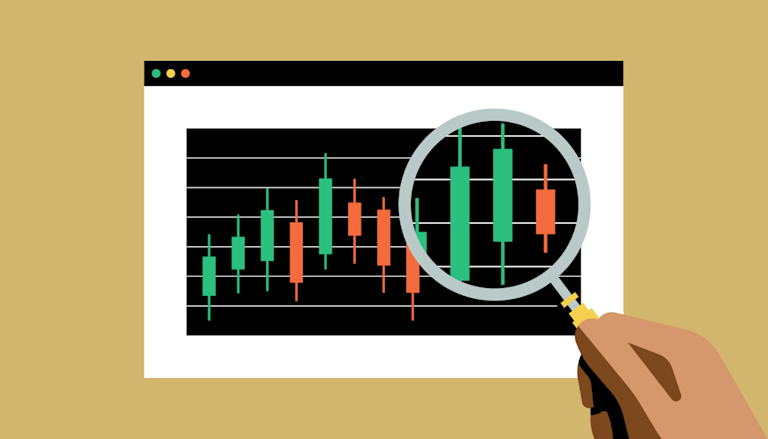
Understanding Crypto Trading Indicators
In the rapidly evolving world of cryptocurrency, traders often seek tools to enhance their decision-making process.
One of the most effective ways to analyze market trends and make informed trading decisions is through the use of
crypto trading indicators. From simple moving averages to sophisticated oscillators, these indicators
provide valuable insights into market trends, momentum, and potential price reversals. To delve deeper into this topic,
Crypto Trading Indicators visit website where you can find additional resources and information.
What Are Crypto Trading Indicators?
Crypto trading indicators are statistical measures used by traders to understand past market behavior and predict future movements.
These indicators can be grouped into two primary categories:
lagging indicators and leading indicators. Lagging indicators, such as moving averages,
provide signals based on past price movements, while leading indicators, like the Relative Strength Index (RSI),
aim to predict future price movements.
The Importance of Using Indicators
The cryptocurrency market is known for its high volatility, which can make trading incredibly challenging.
By utilizing indicators, traders can gain a clearer understanding of market sentiment, identify trends, and make more informed
decisions. Using indicators not only helps to confirm trading signals but can also assist in setting up stop-loss orders and
taking profit levels, crucial elements in risk management.
Commonly Used Crypto Trading Indicators
There are numerous crypto trading indicators available to traders. Below are some of the most commonly used indicators,

along with how they can enhance trading strategies:
1. Moving Averages (MA)
Moving averages smooth out price data to create a trend-following indicator. The two most common types are
the Simple Moving Average (SMA) and the Exponential Moving Average (EMA). Traders often use them to identify
the overall direction of the market. A common strategy involves using two moving averages: a short-term MA crossing above a long-term MA can signal a buying opportunity, while the opposite can indicate a sell signal.
2. Relative Strength Index (RSI)
The RSI is a momentum oscillator that measures the speed and change of price movements. It ranges from 0 to 100 and
is typically used to identify overbought or oversold conditions. An RSI above 70 is considered overbought,
while below 30 is deemed oversold. These levels can help traders understand potential price reversals.
3. Moving Average Convergence Divergence (MACD)
The MACD is a trend-following momentum indicator that shows the relationship between two moving averages of a security’s price.
It consists of the MACD line, signal line, and histogram, helping traders identify momentum changes, trend direction,
and potential buy/sell signals. A bullish signal occurs when the MACD line crosses above the signal line and vice versa for a bearish signal.
4. Bollinger Bands
Bollinger Bands consist of a middle band (SMA) and two outer bands that are standard deviations away from the middle band.
This indicator helps traders identify volatility and potential price breakouts. When prices touch the upper band,
the market is considered overbought, and when it touches the lower band, it is viewed as oversold, signaling potential reversal points.

5. Volume
Volume is a critical indicator in crypto trading that helps traders confirm trends and gives insight into the strength
of price movements. For instance, an increase in price accompanied by high volume can indicate strong buying pressure,
while increasing volume on downward price movements suggests intensified selling. Volume indicators,
such as the Volume Moving Average, can help identify significant price moves.
Combining Indicators for Enhanced Trading Strategies
While each indicator offers valuable insights, combining multiple indicators can provide a more comprehensive view of market conditions.
For example, using the RSI in conjunction with moving averages can enhance your ability to confirm buy or sell signals.
However, it’s essential to avoid using too many indicators, as this can lead to analysis paralysis and conflicting signals.
The Role of Risk Management in Trading
Regardless of the indicators used, risk management remains crucial. Traders should always employ a well-structured risk management
strategy, including setting stop-loss orders and maintaining a suitable risk-to-reward ratio. This helps mitigate losses and protect
your trading capital.
Final Thoughts
Crypto trading indicators are invaluable tools for traders looking to navigate the often turbulent cryptocurrency market.
By understanding and applying various indicators, traders can gain insights into market trends, price action, and potential reversals,
leading to more informed trading decisions. Remember to combine indicators meaningfully and prioritize risk management
to enhance your trading success. As always, continued learning and staying updated with market developments will bolster your trading skills and strategies.
